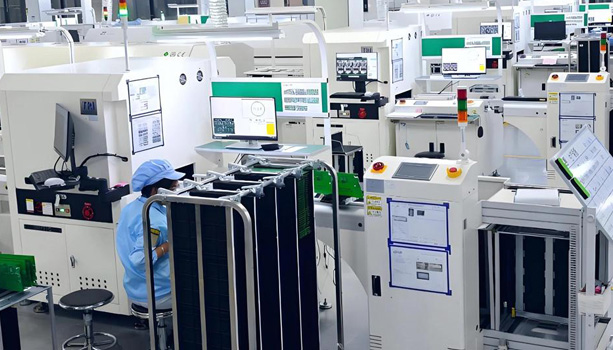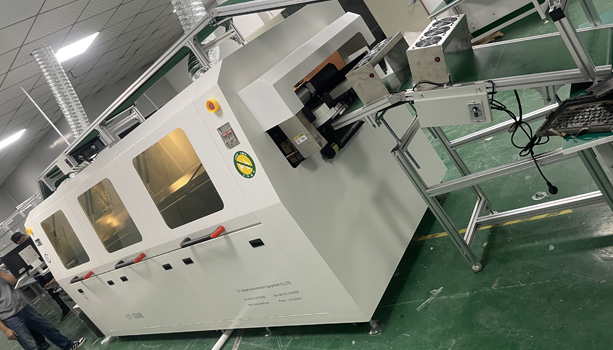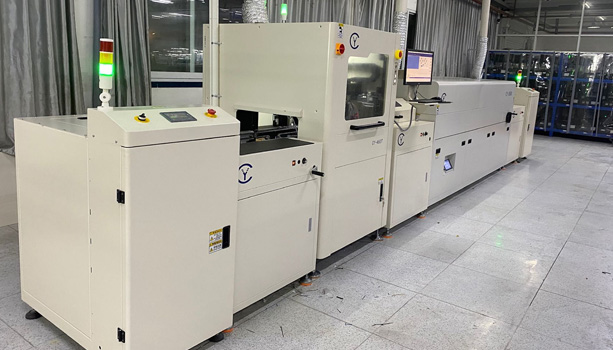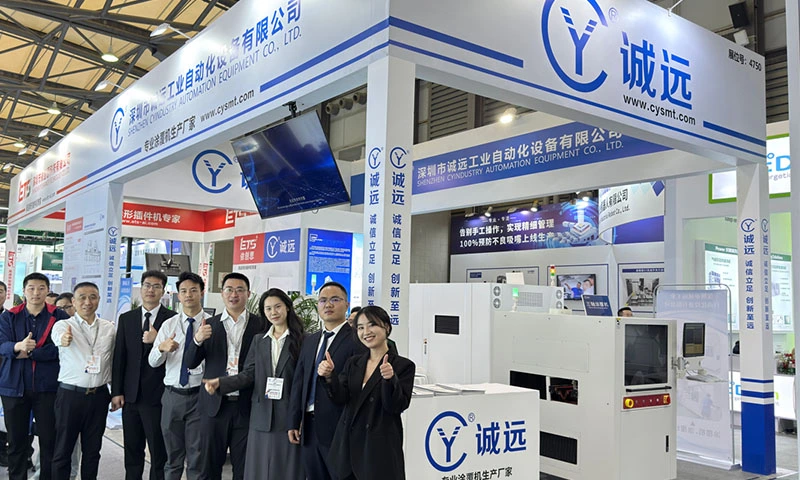The EMS (Electronic Manufacturing Services) production line is a highly efficient and automated system designed for the assembly, testing, and packaging of electronic components and devices. It integrates advanced technologies such as robotics, precision machinery, and computer-controlled systems to ensure high-quality production with minimal human intervention. The line typically includes various stages, such as surface mount technology (SMT) for placing components on printed circuit boards (PCBs), soldering, inspection, functional testing, conformal coating and final packaging. EMS production lines are widely used in industries like consumer electronics, automotive, medical devices, and telecommunications, offering scalable solutions to meet diverse manufacturing needs while maintaining strict quality control and compliance with industry standards.








